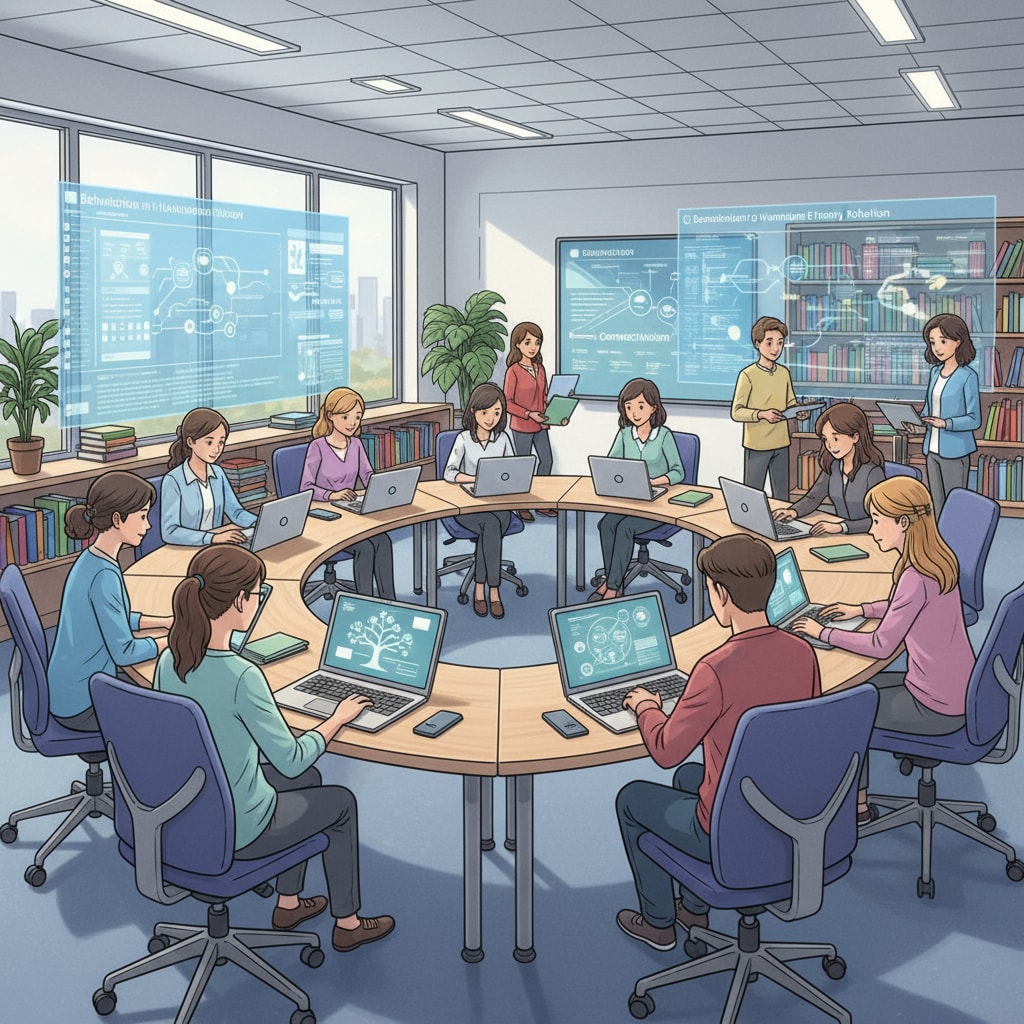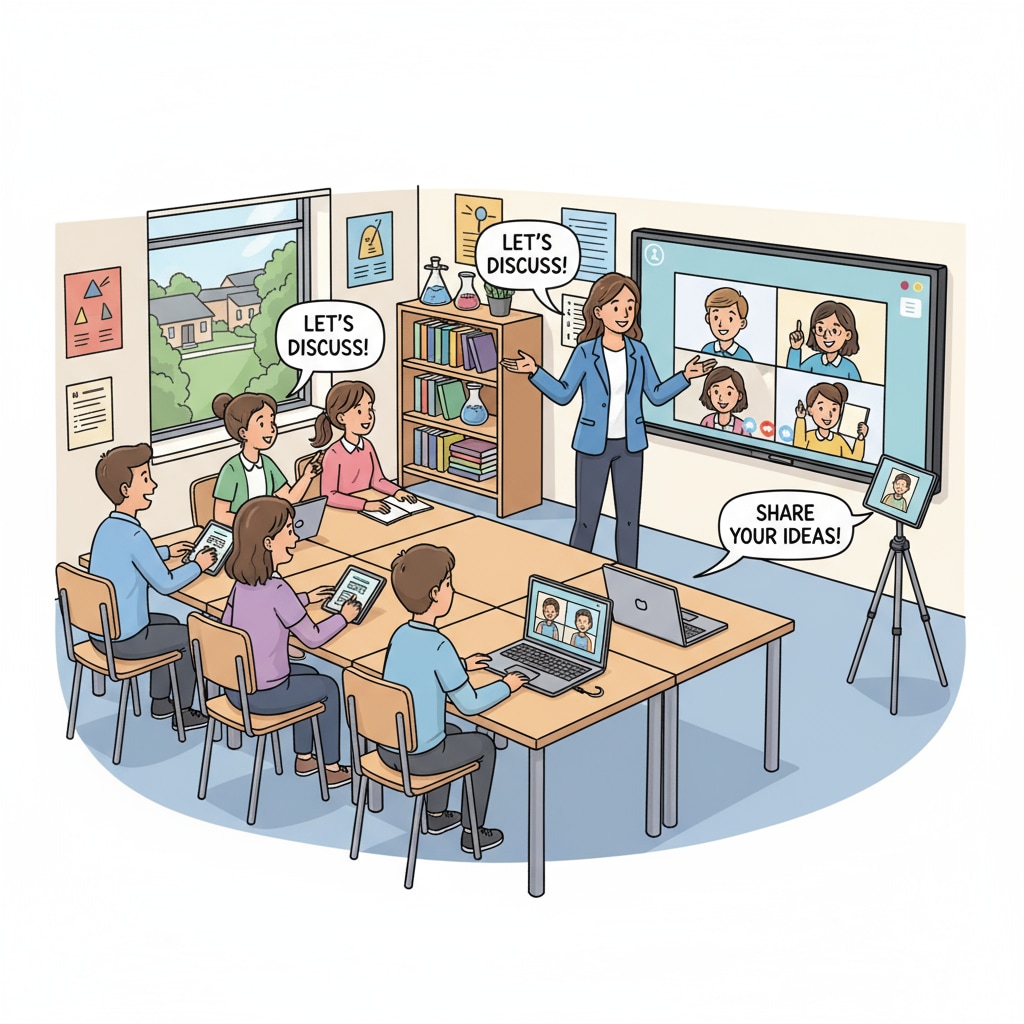The post-pandemic era has brought about a significant shift in various aspects of life, and secondary education is no exception. Theories of secondary education, post-pandemic education, and digital learning environments have become crucial areas of exploration. The educational landscape has been transformed, presenting both challenges and opportunities for educators.
The Digital Transformation of Educational Theories
In the digital age, traditional educational theories are being reevaluated. For example, the constructivist theory, which emphasizes learners constructing knowledge through active participation, has taken on new dimensions in a digital context. With the availability of vast online resources, students can now explore topics independently, constructing their understanding in ways previously not possible. According to Constructivism on Wikipedia, this new form of constructivism in the digital learning environment allows for more diverse and global perspectives. In addition, the behaviorist theory, which focuses on stimulus and response, has also adapted. Digital tools can provide immediate feedback to students,强化 their learning responses. However, educators need to carefully design these digital stimuli to ensure effective learning.

Reconstructing Classroom Structures
The traditional classroom structure, with rows of desks and a teacher at the front, is being challenged in the post-pandemic era. Now, with digital learning environments, classrooms can be more flexible. For instance, hybrid learning models combine in-person and online instruction. This allows students to learn at their own pace while still having face-to-face interactions with teachers and peers. As stated in Education on Britannica, creating a balanced classroom structure that integrates digital tools and traditional teaching methods is essential. Teachers can use digital platforms to assign tasks, conduct discussions, and provide individualized feedback. Moreover, group work can be enhanced through online collaboration tools, enabling students from different locations to work together on projects.

To conclude, the post-pandemic era has indeed been a catalyst for change in secondary education. The modern exploration of educational theories and the reconstruction of classroom structures in digital learning environments are ongoing processes. Educators need to embrace these changes and continuously adapt their teaching methods to meet the needs of students in this new era. By leveraging the potential of digital tools and reimagining traditional educational concepts, secondary education can thrive in the post-pandemic world, preparing students for the challenges and opportunities of the future.
Readability guidance: The article uses short paragraphs and lists to summarize key points. Each H2 section provides a list of related ideas. The proportion of passive voice and long sentences is controlled. Transition words such as “however,” “therefore,” “in addition,” “for example,” and “as a result” are scattered throughout the text to enhance readability.


